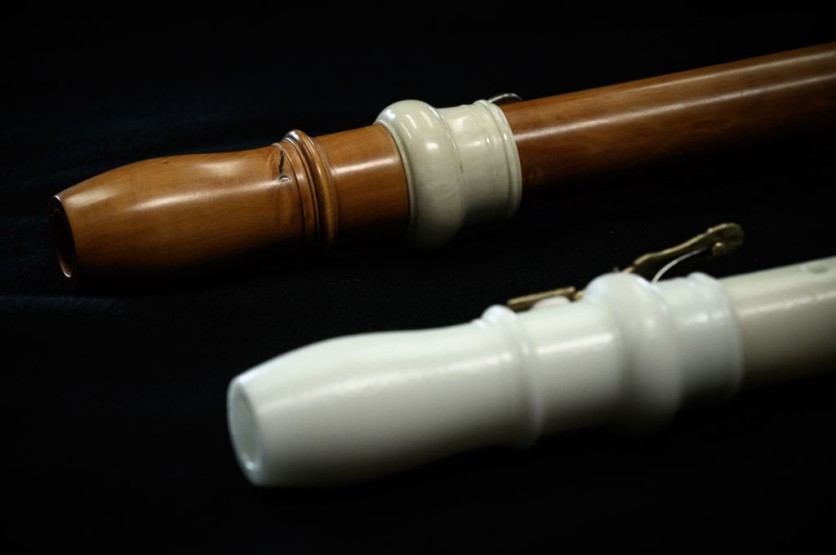In a remarkable archaeological discovery, a team of Franco-Israeli researchers has unearthed seven ancient wind instruments, known as flutes, at the Eynan-Mallaha site in northern Israel.
These flutes, crafted from the bones of small waterfowl, date back an astonishing 12,000 years and represent the earliest prehistoric wind instruments found in the Levant.
The findings shed light on the musical practices of the Natufians, a civilization that inhabited the village between 13,000 and 9,700 BC.

Resembling Birds of Prey
When air is blown into them, these unique flutes produce sounds resembling those of specific birds of prey, such as the Eurasian sparrowhawk and common kestrel.
The choice of small bird bones was intentional, as larger birds with deeper-sounding bones were also present at the site. The Natufians deliberately selected smaller bones to achieve the high-pitched tones necessary for mimicking these raptors.
The purpose of these instruments remains speculative, but they may have been used for hunting, music, or even to communicate with the birds themselves. The Natufians held a special symbolic regard for birds, as evidenced by the numerous talon ornaments at Eynan-Mallaha.
Located on the shores of Lake Hula, the village of Eynan-Mallaha provides invaluable insights into the practices and lifestyles of the Natufian culture over its 3,000-year existence.
It is an important archaeological site for understanding the transition from a nomadic to a sedentary lifestyle and shifting from a hunting-based economy to agriculture.
Read Also : Ancient Engravings in Jordan, Saudi Arabia May Point to Oldest Construction Plans Ever Discovered
Musical and Cultural Dimensions
The recent discovery of these ancient flutes illuminates the musical and cultural dimensions of the Natufians, who lived at the crossroads of these societal transformations.
While Paleolithic sound-making instruments are rare, predominantly found in European cultures during the Upper Paleolithic period, similar artifacts are believed to exist in other regions.
The study of music and its development in prehistoric times has been relatively neglected in the Levant. However, the recent discovery of seven aerophones made from perforated bird bones at the Eynan-Mallaha site unveils significant evidence of sound-making instruments during the Paleolithic era.
Employing a multidisciplinary approach involving technical, experimental, and acoustic analyses, the researchers demonstrate that these flutes were intentionally crafted over 12,000 years ago to replicate raptor calls, serving multiple functions such as communication, attracting prey for hunting, and music-making.
This study contributes valuable data to understanding the ancient world's sound-making instruments. It offers insights into the antiquity and development of such instruments during the Paleolithic period, particularly as the Neolithic era was dawning in the Levant.
By exploring the cultural significance of these flutes, this research enriches our knowledge of human creativity and musical expression in prehistoric times.
The study's findings were published in the Journal of Scientific Reports.
Related Article : French Archaeologists Uncover Ancient Roman-era Monumental Complex from the 2nd-3rd Century AD





![Most Useful Google Chrome Keyboard Shortcuts You Need to Know to Improve Your Browsing Experience [2024]](https://d.techtimes.com/en/full/449047/most-useful-google-chrome-keyboard-shortcuts-you-need-know-improve-your-browsing-experience-2024.jpg?w=184&h=103&f=476d29fd60df70a67f6679f99a2ca6d0)